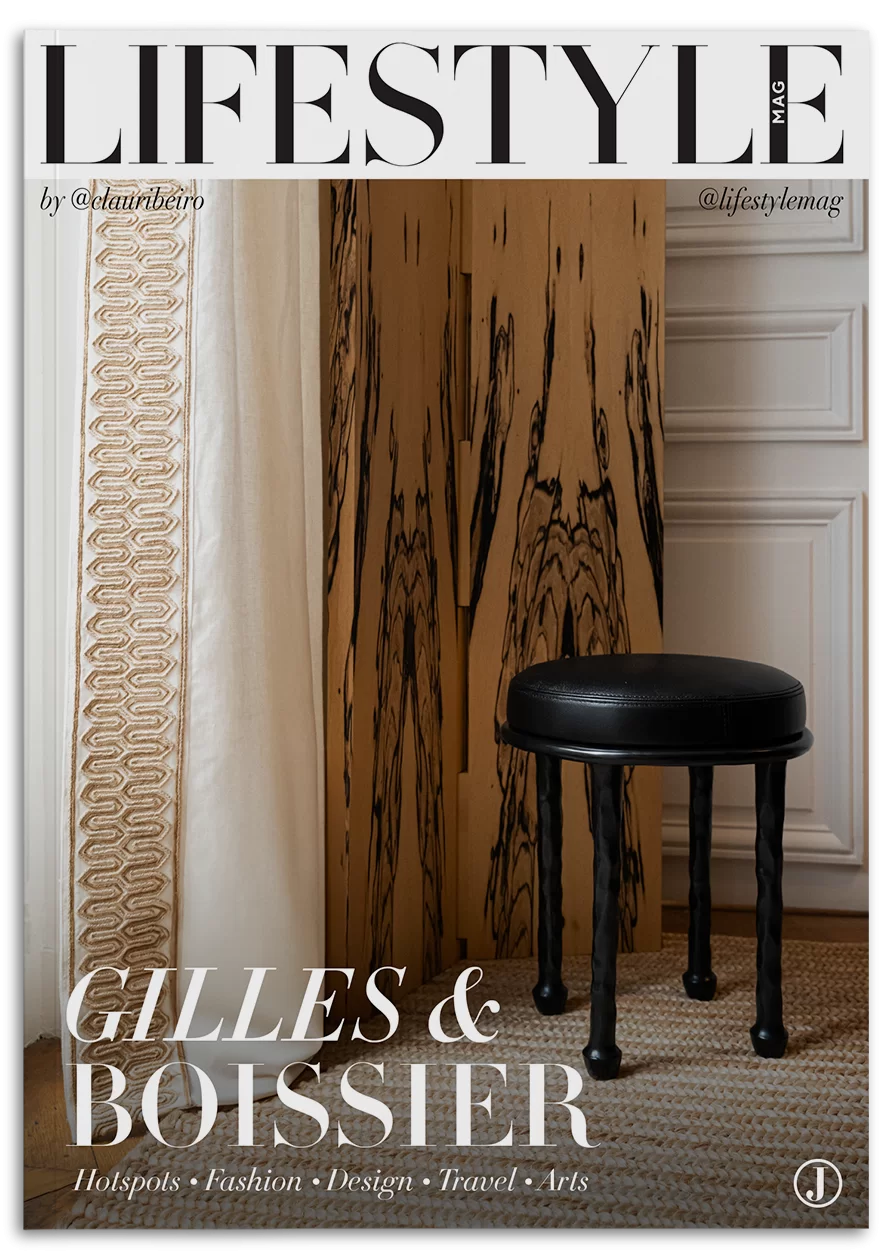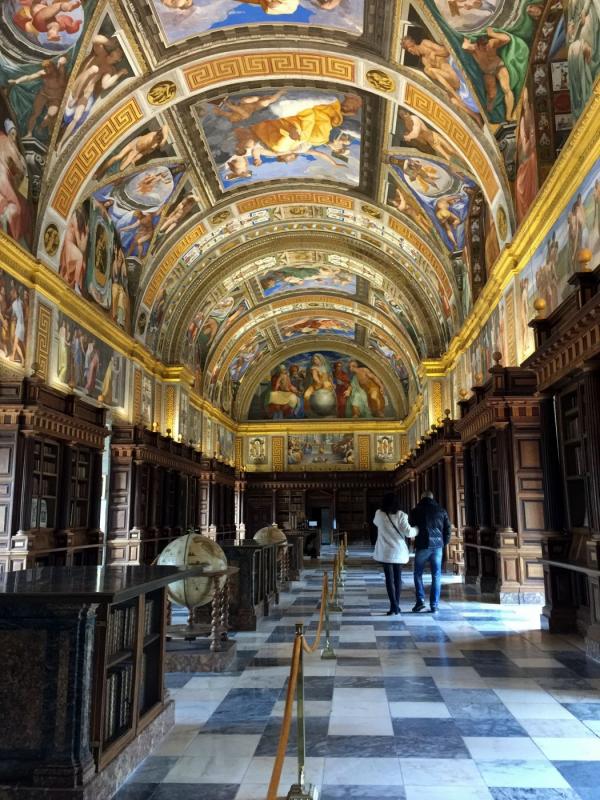
The Cradle of the Renaissance in Florence
The Basilica of San Lorenzo is located in the heart of Florence, and is one of the most emblematic testaments to Italy's architectural and artistic grandeur.
Its history dates back to the 4th century, when it was built as the city’s first cathedral. For three centuries, it served as the main Christian temple in Florence, until it was replaced by the Cathedral of Santa Maria del Fiore. However, its importance did not fade over time; on the contrary, it became even more remarkable under the patronage of the powerful Medici family.
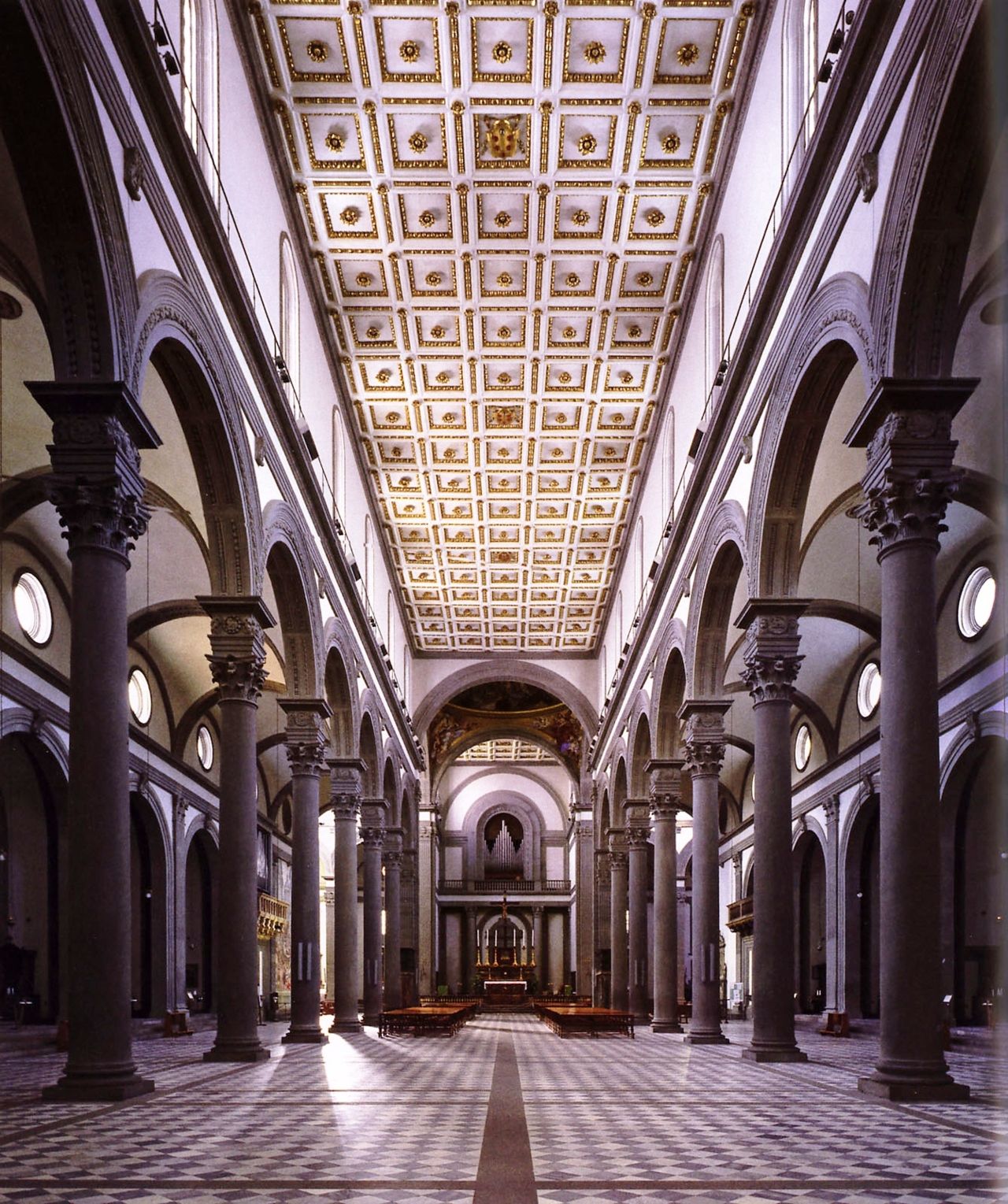
In the 15th century, the Medici, known for their patronage of the arts and culture, decided to renovate the basilica and entrusted the task to the master of Renaissance architecture Filippo Brunelleschi. In 1419, he undertook the ambitious project of transforming San Lorenzo into a masterpiece of the Renaissance. His innovative design introduced a new approach to sacred space, combining proportion, harmony, and an aesthetic that echoed classical perfection.
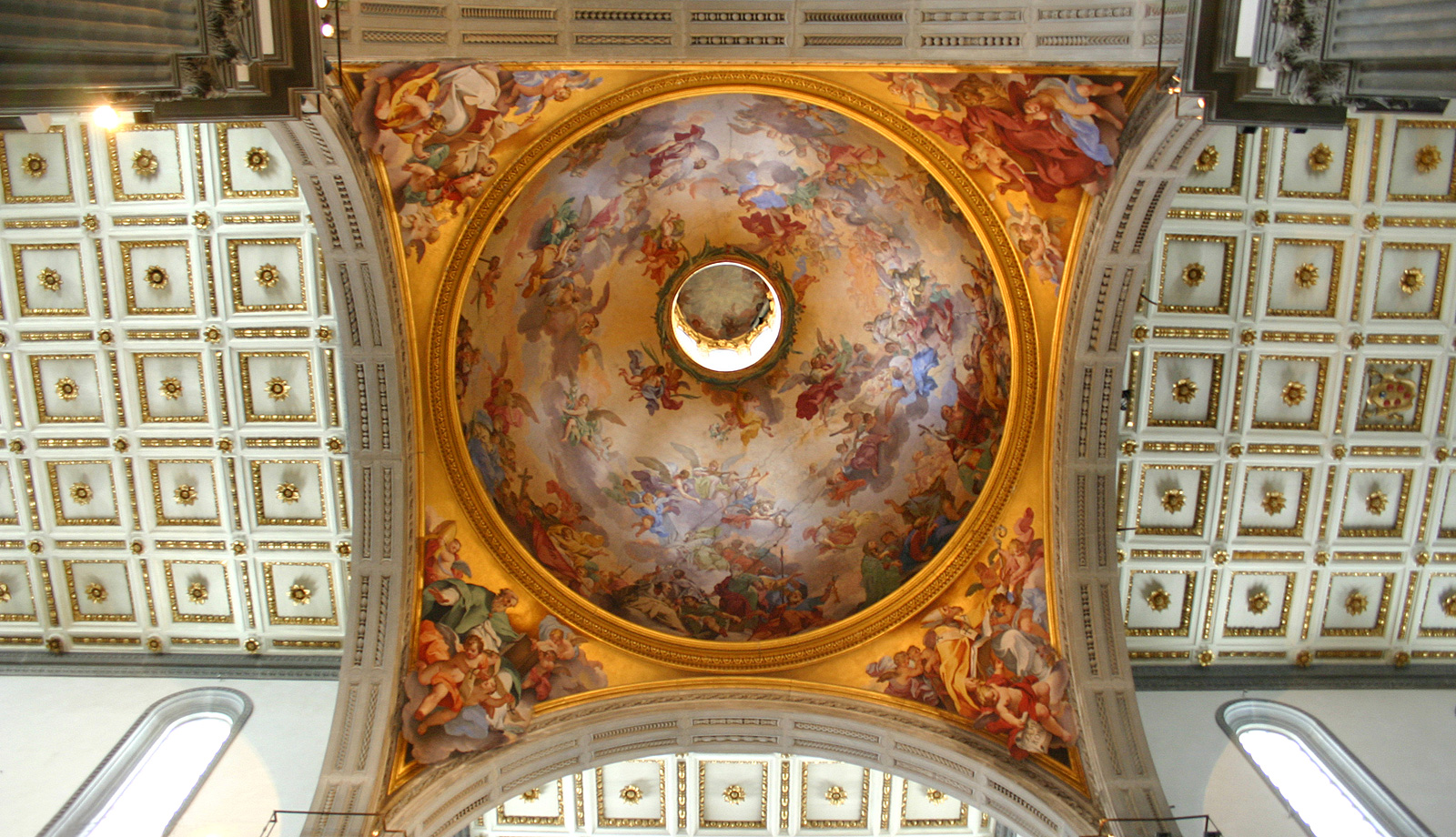
The interior of the basilica reveals Brunelleschi’s genius in its entirety. The elegant columns, symmetrical arches, and meticulously arranged chapels create a sense of balance and serenity. Natural light filters through the stained glass windows and softly illuminates the space, highlighting the warm tones of the stone and the works of art that adorn the temple. Every detail was carefully planned to create an environment of contemplation and splendor.
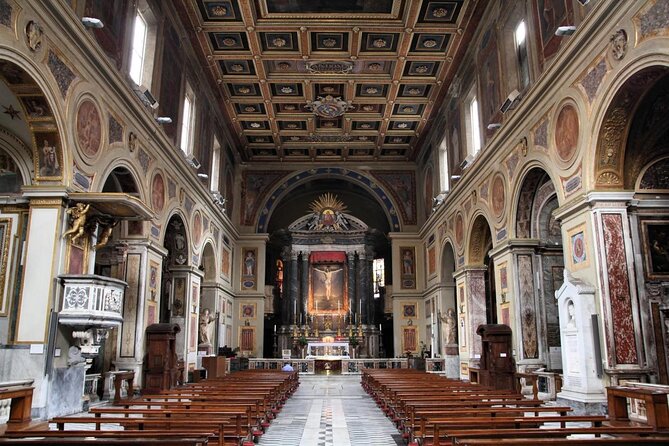
In addition to its masterful architecture, the Basilica of San Lorenzo houses an invaluable artistic collection. The complex includes the Laurenziana Library, designed by Michelangelo, one of the greatest geniuses of the Renaissance. Its frescoes, sculptures, and funerary chapels reflect the influence of the Medici and their desire to eternalize their presence in the history of Florence. The Chapel of the Princes, richly decorated with marble and semiprecious stones, is one of the most impressive examples of this legacy.
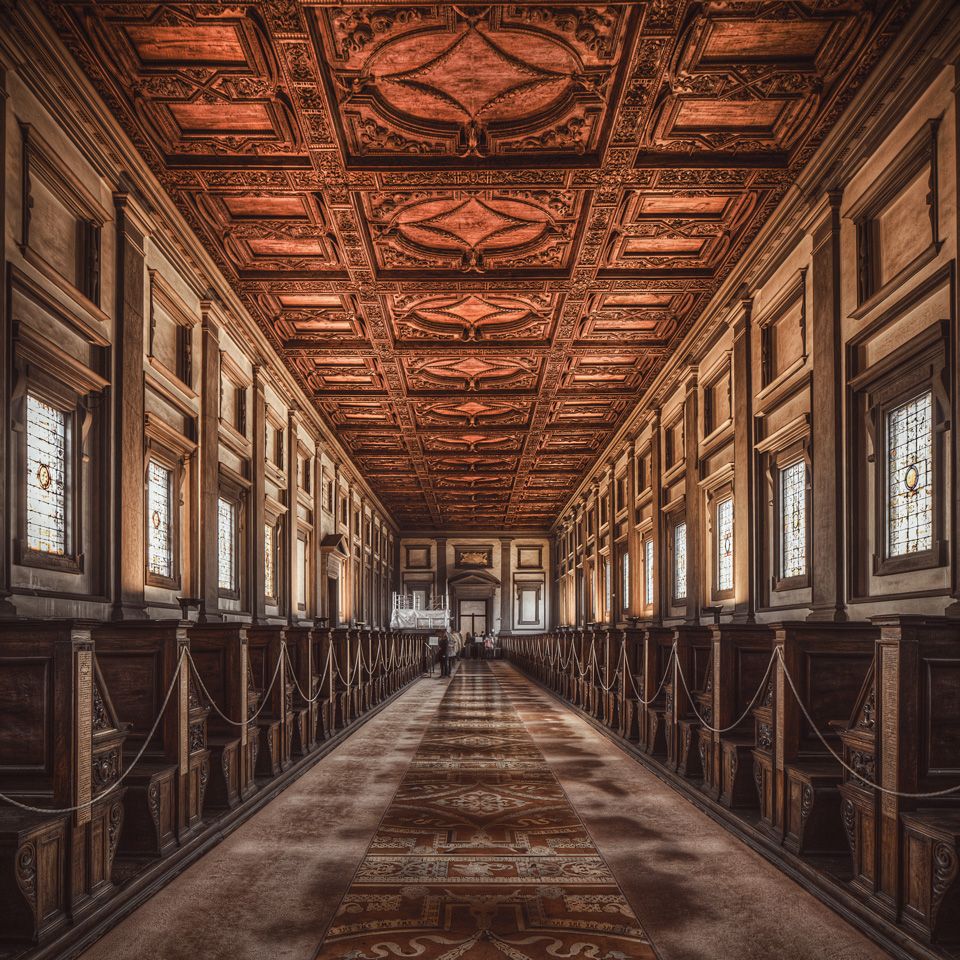
The basilica is also the final resting place of several generations of the Medici family, reinforcing its role as a historic and dynastic monument. Their tombs, sculpted by masters like Michelangelo, are testaments to the splendor and grandeur of this lineage that shaped the destiny of Florence.
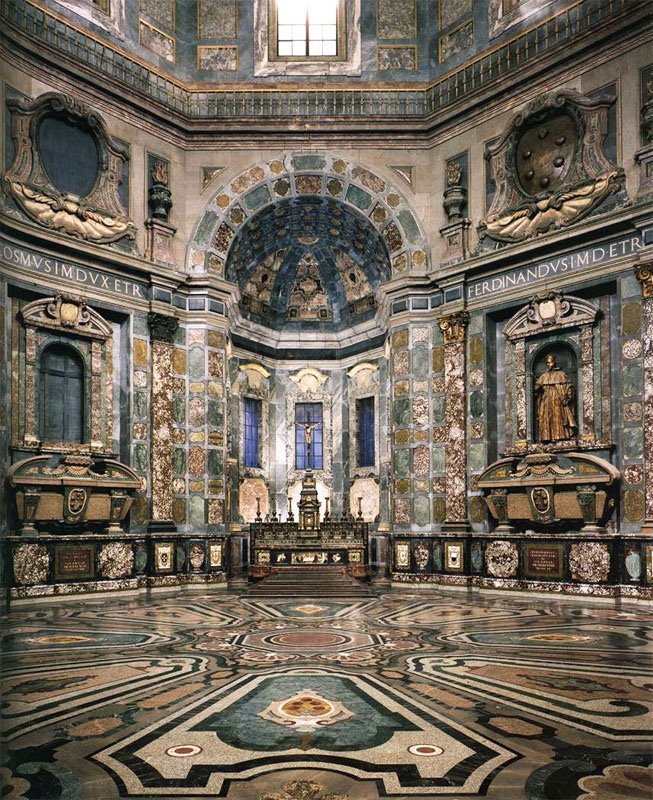
San Lorenzo is more than a religious building; it is a symbol of the artistic, political, and cultural evolution of the city. Walking through its corridors is like traveling through time, feeling the presence of Renaissance geniuses and visionary patrons who helped define Italy’s splendor. To this day, the basilica continues to inspire visitors from around the world, proving that history, when etched in stone and art, transcends centuries and remains alive.

